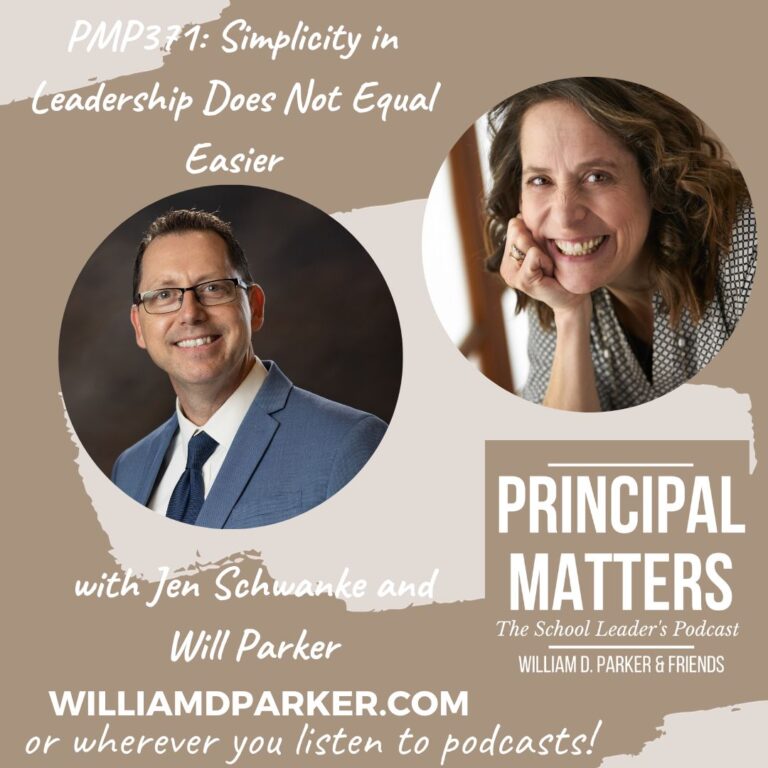Podcast: Play in new window | Download
This week, Jen Schwanke, author and education leaders, shares the second half of a conversation on Reconstructing Place and Space.
With credit to Dr. Miller, director of the EdD in Educational Administration and an assistant professor – clinical in the Department of Educational Studies at The Ohio State University, Jen probes into several questions his feedback has generated.
Listen to the entire episode for more context, but here is a short summary of this week’s conversation:
WDP: As a quick review, can you explain again the difference between space and place?
Jen: Space is something abstract…you can’t touch it. Place is how we internalize space. In a nutshell, place is space with meaning. For example, your house is an actual place, but the aspects of your house that cause you to feel safe, warm, loved, happy, maybe sad, etc. all constitute your home as a space to you.
WDP: When we think how educators influence environments for student learning, how reconstructing space and place be helpful?
Jen: We know we don’t have control of a lot of things that happen in our world. But we are in control of how we exist in that space. This is true for educators and students. Sometimes we get stuck in certain spaces and need to break free. My friend, Kevin, for instance reflected on his school’s dress code. He began to see how the dress code primarily corrected the dress of girls in his school more than on the dress of boys. He began to ask questions and rewriting dress code policy to encourage students to be their best but to rethink some of the social constructs that previously guided policy.
WDP: That reminds of a story from a principal who told me she and began to question their practices on head coverings when she had two male students who politely challenged the practice. She began to consult students and her own teachers on what they believed worked best in their community. This led to a consensus to change policy.
Jen: Leadership is a willingness to see a need for change and address it, where management is often about maintaining the status quo. Applause to school leaders who are willing to listen and apply solutions based on the feedback. With the right skills and the willingness to evolve, leaders have real opportunities to reconstruct practices.
WDP: Let me play the devil’s advocate. Why should we be considering change when we’ve already had a whole year of change?
Jen: You’ve asked the essential question: Why? Not for a second do I think leaders need to push forward quick change. People do not change that is forced on them. They want transparency. They want safe and welcoming environments. But now is the time to be asking what we should keep or discard from all the changes that happened in our schools this past year.
WDP: One of my trusted mentors, Superintendent Rick Thomas, would consistently ask our leadership teams each year where we wanted to grow. It can be stressful to think about change, but there are some areas each of us should be willing to reexamine for reconstruction. What other areas of change would you want leaders to consider in addition to the ones you mentioned in Part One?
Jen: Examine your resources and practices and consider what may be evaluated and reconstructed in your practice:
- Evaluating resources and texts for bias or exclusion
- Not grading every single assignment; grading doesn’t validate learning. Instead, going for efficiency and quality rather than quantity; letting students seek their own feedback; posting answer keys and being thoughtful about how they are used; allowing retakes with proof of re-learning the content; choice in what is used to assess their knowledge
- Grading for the learning process, rather than a finished product. Measuring student effort and mastery for whom the A-F system might not serve.
- Using technology to enhance the classroom experience (embracing that knowledge can be found online, but using peers and modeling to enrich their understanding and processing of information and become more critical absorbers of information)– shifting the teacher role from providing content to providing context, connections, and applications
- Assessment cycle: Using pre-assessments, formative assessments, and ongoing student self-reflection to develop extensions, enrichment, and intervention plans
- Project based learning: Instruction that provides meaning and purpose to learning, typically with a culminating event or capstone project
- College and career readiness: Working with students of all ages to identify interests and engagement
- Technical and workforce education: Exposure to opportunities, apprenticeships, and employment opportunities
- Global connections: Giving students audience and perspective of learners and opportunities outside their classrooms and communities
Let’s Wrap This Up
Reconstruction of space and place is a team effort. There is no way you can reconstruct or evolve something as rich as teaching all by yourself. These need to be team discussions.
Now It’s Your Turn
Have fun this year as you consider areas for growth. Think about ways you can reconstruct space in the school building. What are some changes needed in how to make it an even better place for students?
